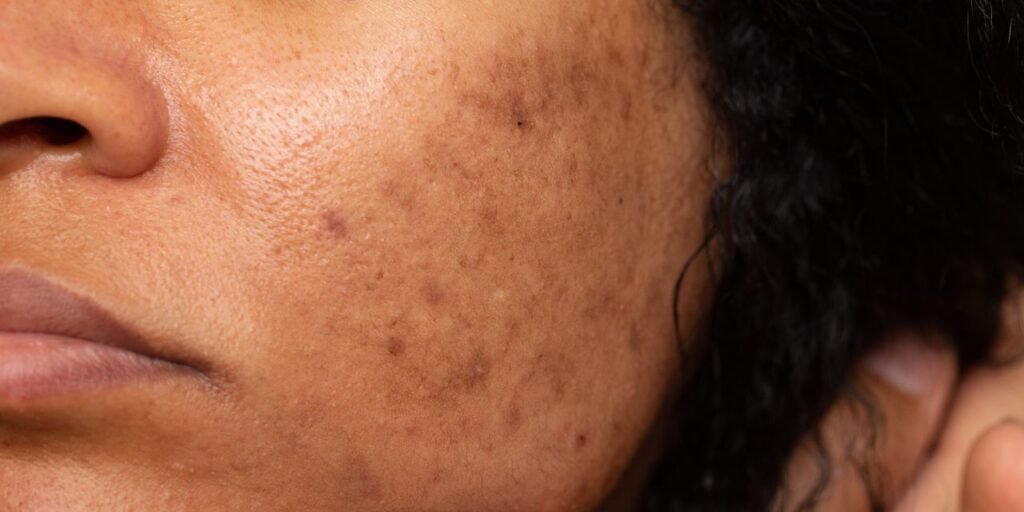The Ultimate Guide to Fading Dark Spots: Common Mistakes and Effective Solutions
Dark spots, also known as hyperpigmentation, can be a persistent skin issue that frustrates many. Despite using the latest brightening products, these blemishes can take time to fade—often up to three months according to Mamina Turegano, MD, a board-certified dermatologist. In our quest to eliminate this stubborn discoloration quickly, many individuals inadvertently make common mistakes that only prolong the process.
Understanding Dark Spots: What Causes Them?
Before diving into the solutions, it’s essential to understand the factors contributing to the development of dark spots.
- Excess Melanin Production: The body produces excess melanin in response to various triggers, including:
- Unprotected sun exposure
- Hormonal changes (e.g., during pregnancy)
- Underlying inflammation from breakouts, bug bites, or skin injuries
Understanding these triggers can help you approach treatment more effectively.
Common Mistakes to Avoid When Treating Dark Spots
1. Overloading on Brightening Ingredients
Using multiple brightening products at once might seem like a surefire way to speed up results, but this strategy can backfire.
- Common Ingredients:
- Vitamin C: An antioxidant that helps slow melanin production.
- Retinol: Promotes skin cell turnover to reveal fresh skin.
- Chemical Exfoliants: Such as glycolic, lactic, or salicylic acid, remove pigmented skin cells.
The Issue: Combining heavy-hitting active ingredients can irritate and inflame the skin, exacerbating existing hyperpigmentation.
What to Do Instead:
- Choose one brightening ingredient and use it consistently for at least two weeks.
- Consider using vitamin C in the morning and retinol at night.
- Alternate active ingredients on different days to minimize irritation and effectively gauge skin response.
2. Ignoring Underlying Acne
A common pitfall is focusing solely on treating dark spots while neglecting the root cause: active acne.
- The Connection: Breakouts create ongoing inflammation, leading to increased melanin production and new dark spots.
What to Do Instead:
- Prioritize treating active acne to prevent additional hyperpigmentation.
- Maintain a balanced skincare routine that addresses both breakouts and dark spots simultaneously.
Effective Strategies to Fade Dark Spots
To expedite the fading of dark spots, consider incorporating these approaches into your skincare regimen:
- Sunscreen: Use a broad-spectrum sunscreen daily to prevent further darkening.
- Hydration: Keep your skin well-hydrated to support healing and minimize irritation from active ingredients.
- Patience: Understand that changes won’t happen overnight. Consistent use of effective products over time will yield the best results.
Conclusion
Fading dark spots requires a balanced approach that addresses both treatment and underlying causes. By avoiding common mistakes and implementing effective strategies, you can help your skin achieve a more even tone and regain its natural glow.
For further reading on treating hyperpigmentation and skincare practices, explore resources on American Academy of Dermatology and Mayo Clinic.
By following these guidelines, you’ll be on your path to brighter, healthier skin in no time! Remember, a steady and informed approach yields the best results.


